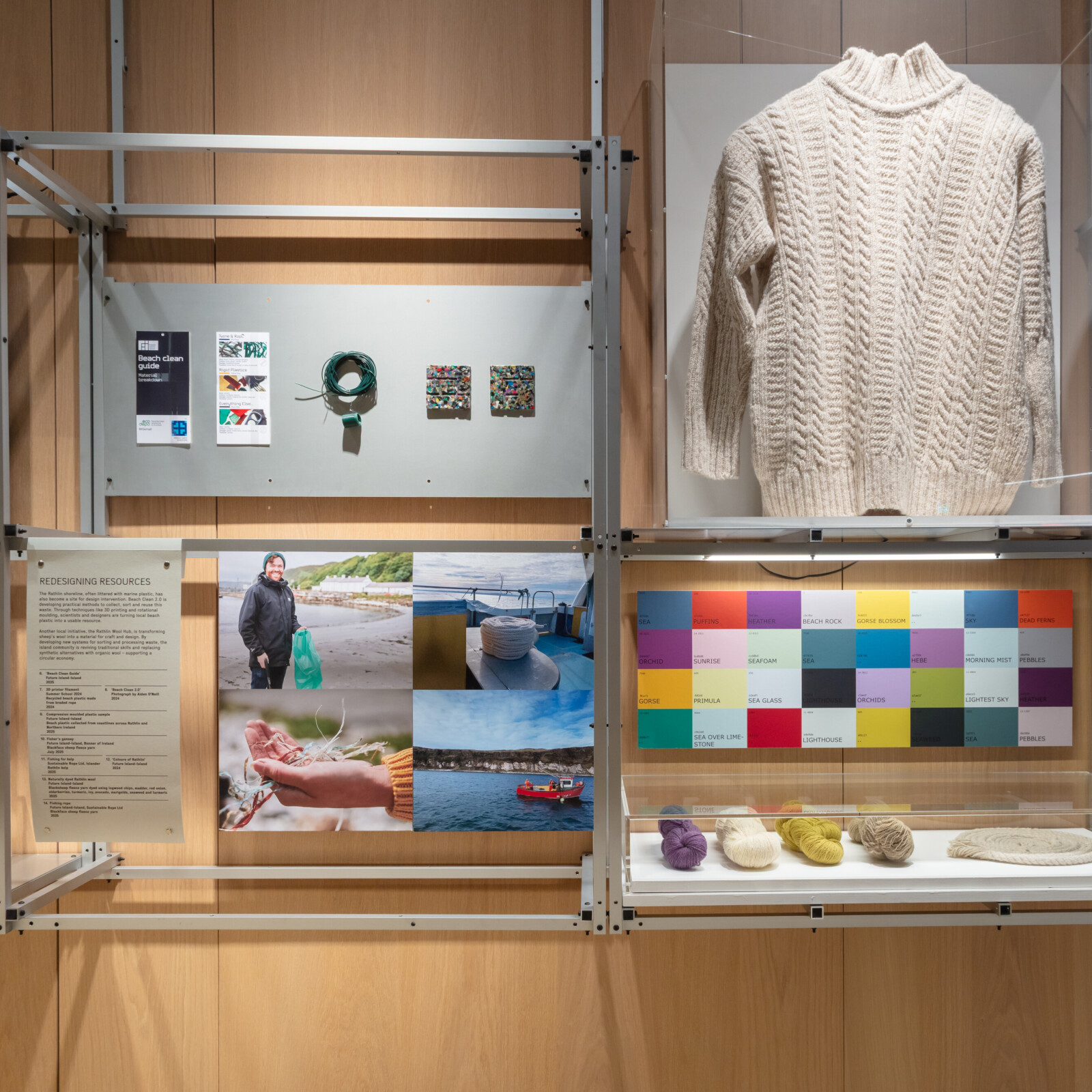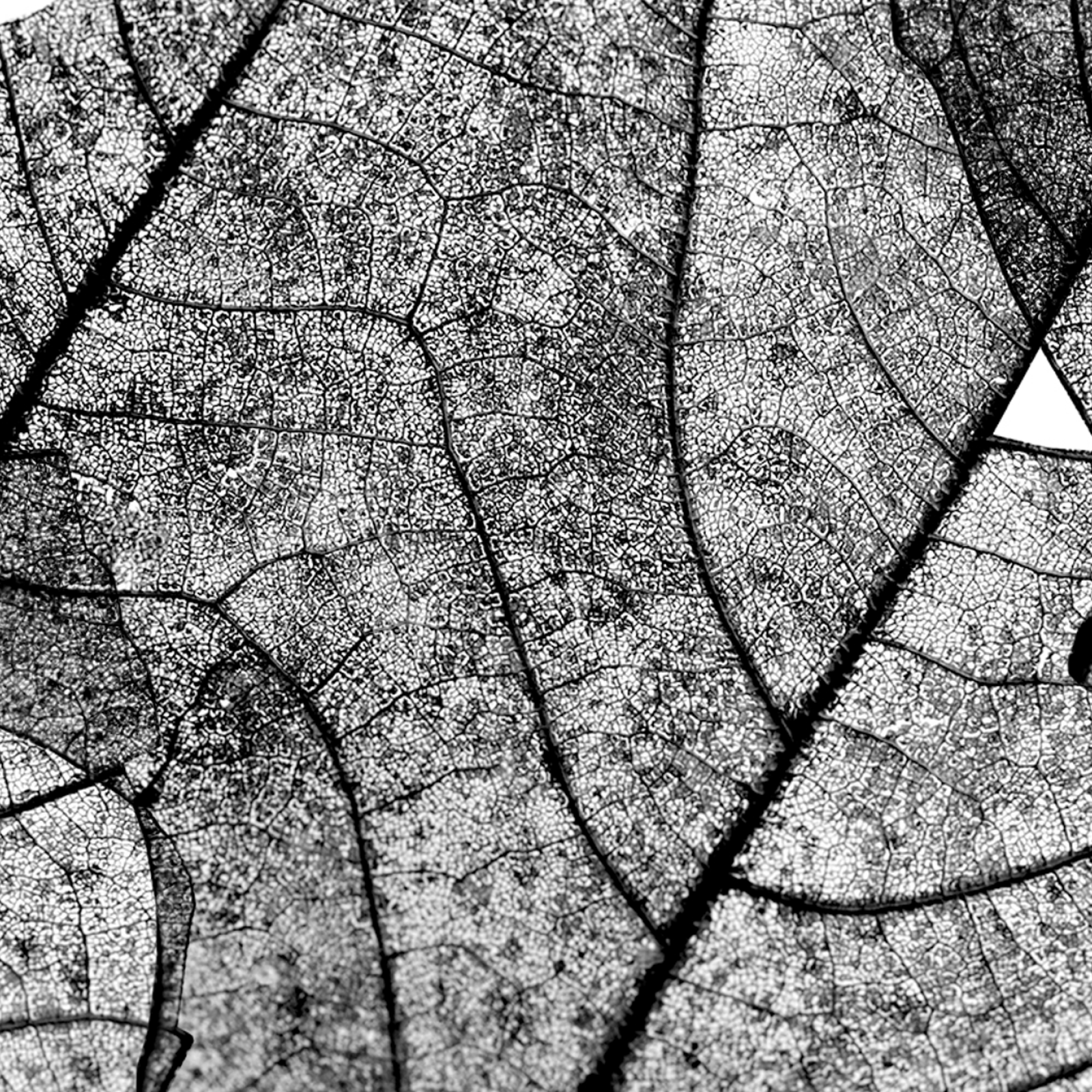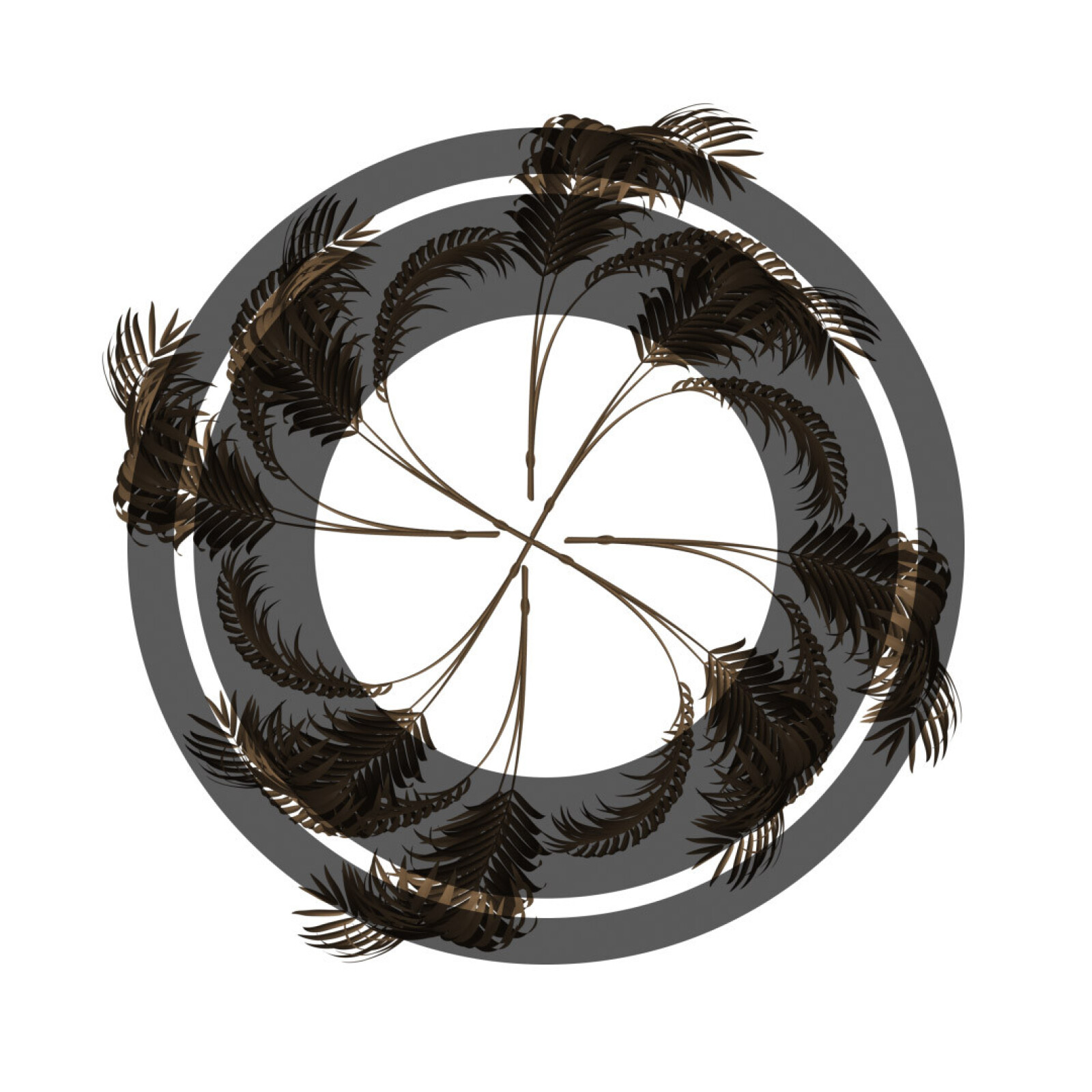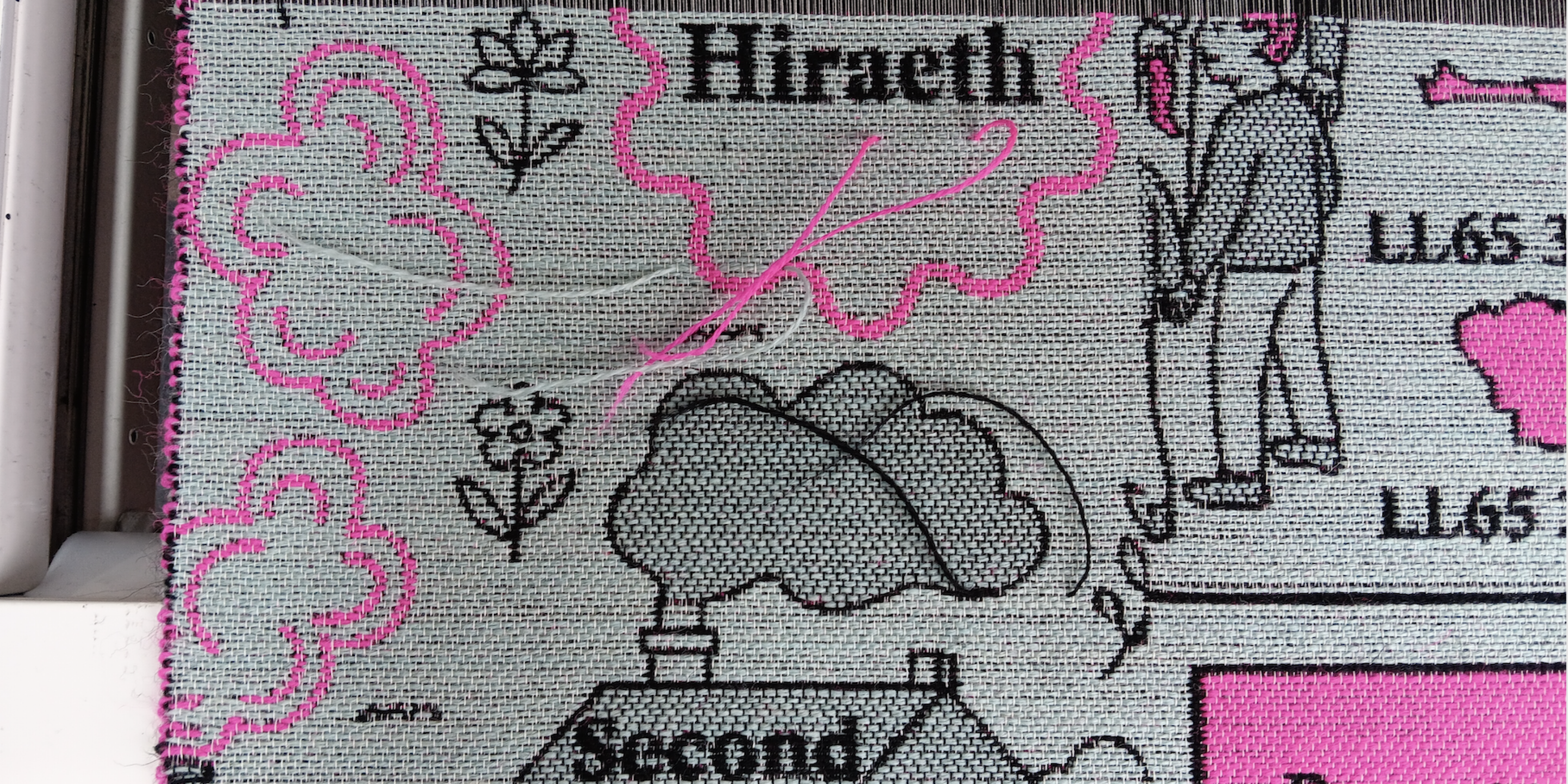
Wales has a long and rich history of weaving stories into textiles, preserving the country’s culture, memory and identity for future generations. In response to this legacy, Future Observatory commissioned artist Sahra Hersi to create a tapestry for Tools for Transition – a new display of regionally-specific design research at the Design Museum.
A Tapestry for Anglesey
Inspired by the work of Public Map Platform (PMP) – an initiative that brings together young people and community mappers on Ynys Môn (Anglesey) to explore the place they call home – the tapestry is a creative response to research unfolding within the Future Observatory network.
Over the last two years, PMP’s research has focused on the co-creation of an interactive digital map designed to help local authorities and communities visualise what is happening in their areas. Weaving together environmental data, cultural memory, sensory information and story-telling, this innovative research output supports future planning that reflects the lived experiences of people and place.
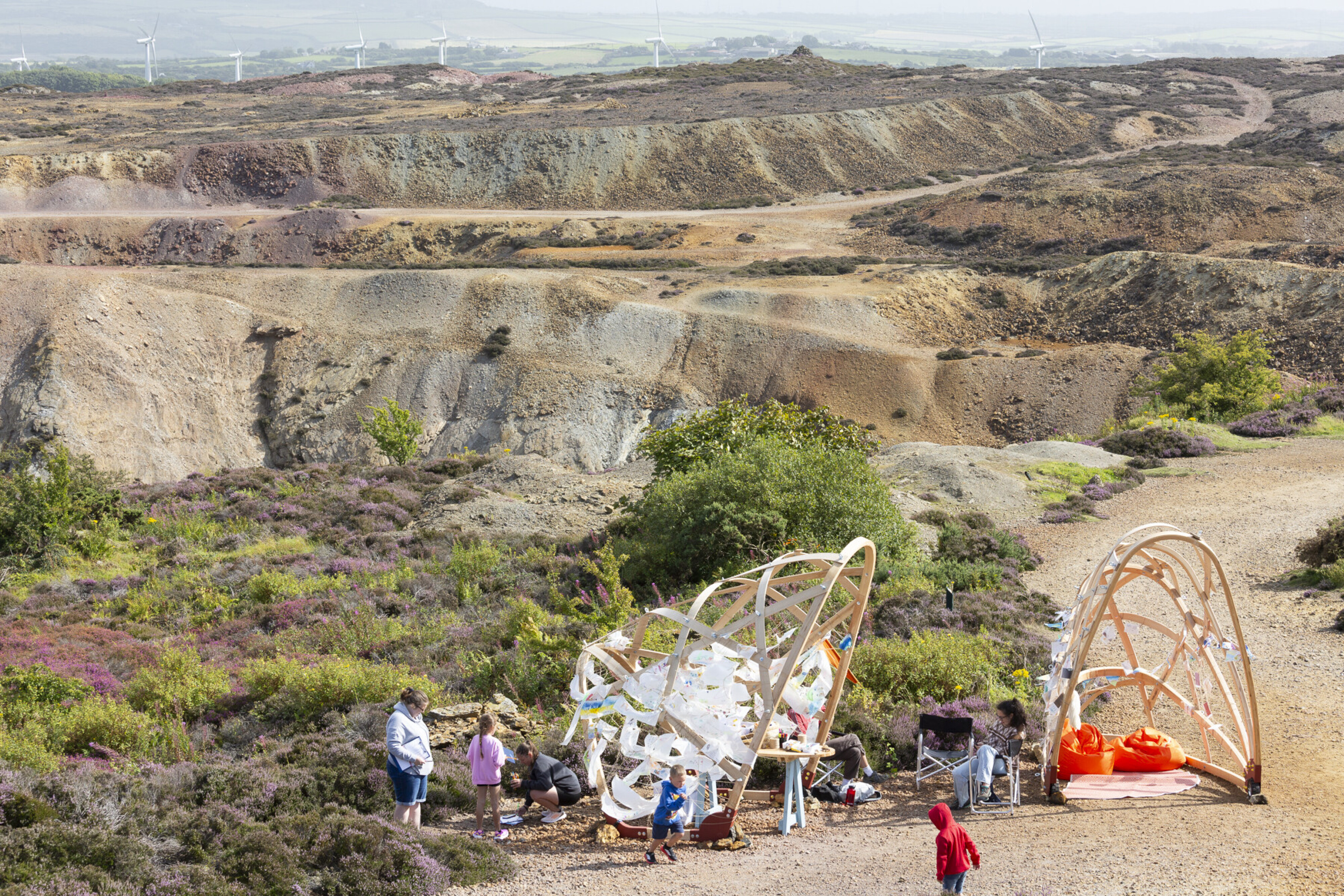
The tapestry was realised by Sahra Hersi, an artist and spatial designer whose practice centres around community engagement and interventions in the public realm. Much of Sahra’s work is born out of building close relationships with community groups and the spaces that they occupy.
To inform the tapestry’s design, Sahra facilitated a co-production workshop with PMP’s team of Community Mappers on Ynys Môn. Drawing on their experiences of mapping the island, participants were invited to respond to questions like “Was there a moment in the mapping process that felt especially meaningful or relevant?” The outcome was a collection of reflections, observations, drawings and stories – fragments that speak to the emotional and cultural aspects of place and cannot be captured through data alone.
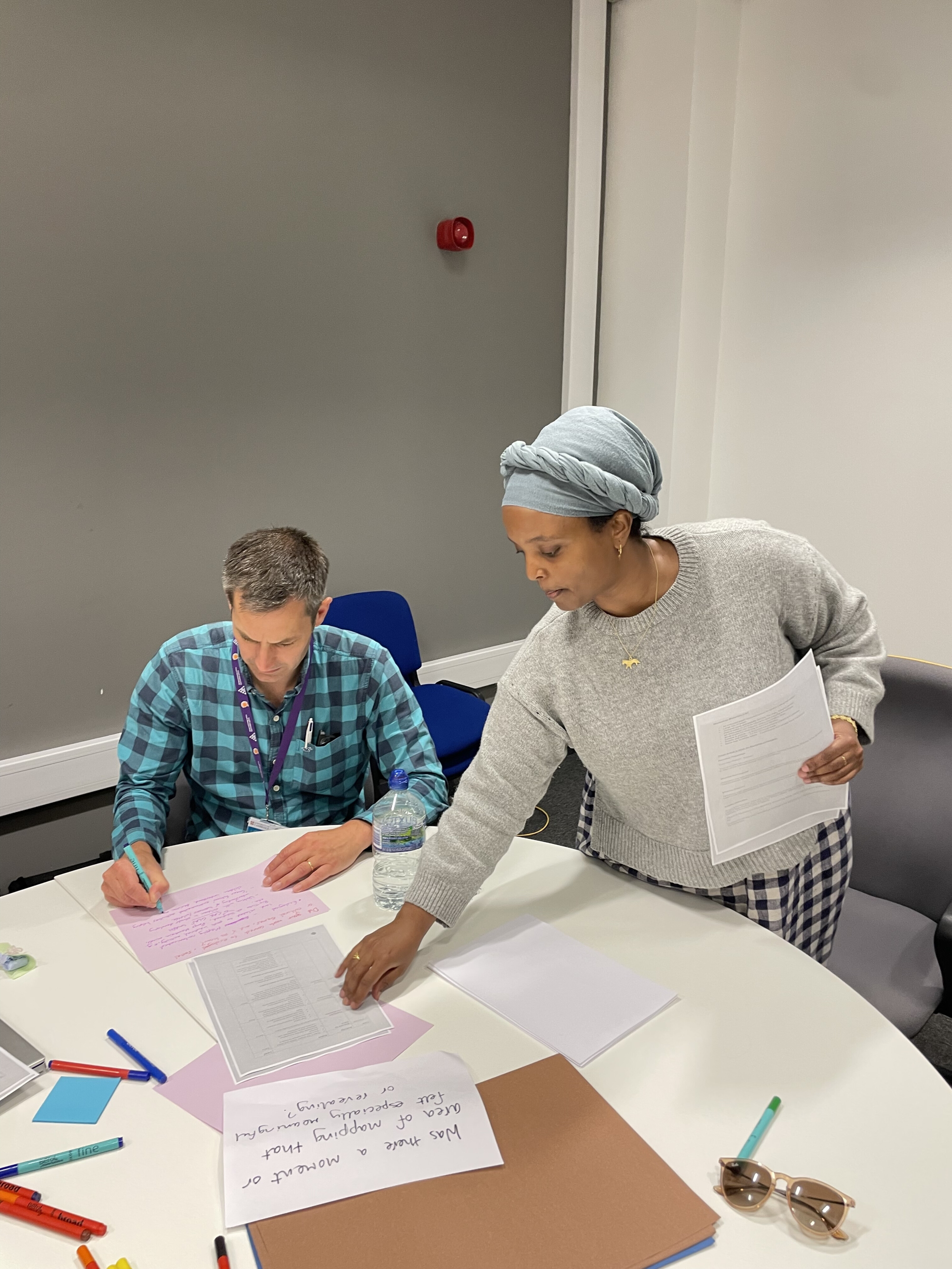
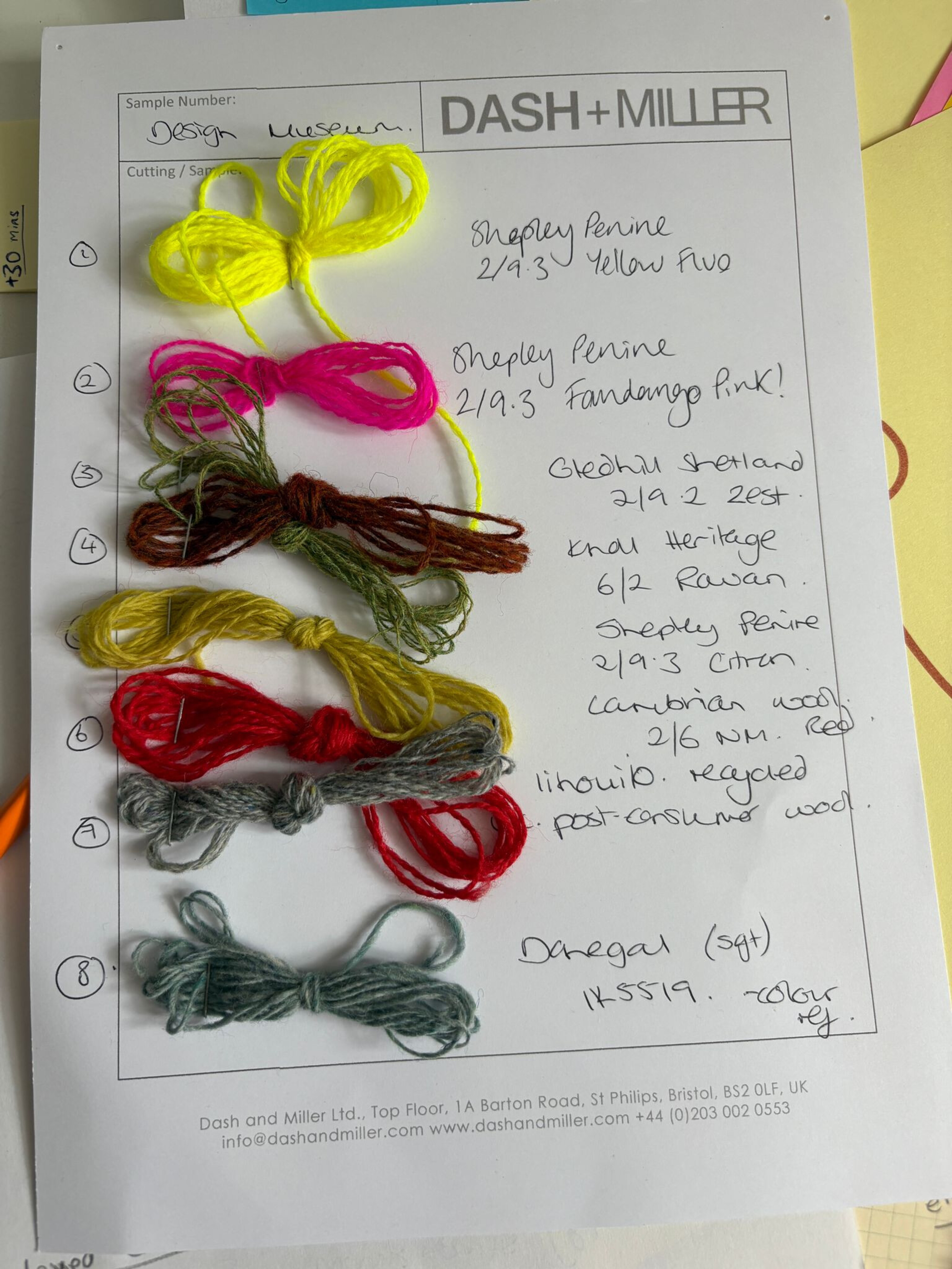
Back in her London studio, Sahra pieced together the workshop findings into an illustration that conveyed the themes and narratives shared by the mappers. Her design reflects the three key layers of the public map: social, cultural and environmental.
The tapestry tells many stories at once. Relics of Anglesey’s industrial past – aluminium and copper mining – and references to the future of nuclear energy frame the weaving’s edges. Scenes from mapping events appear throughout, depicting engagement with local schools, water sports, crafts and cultural activities. Together, the images create a vibrant portrait of life on the island – drawn from the perspective of those who know it best.
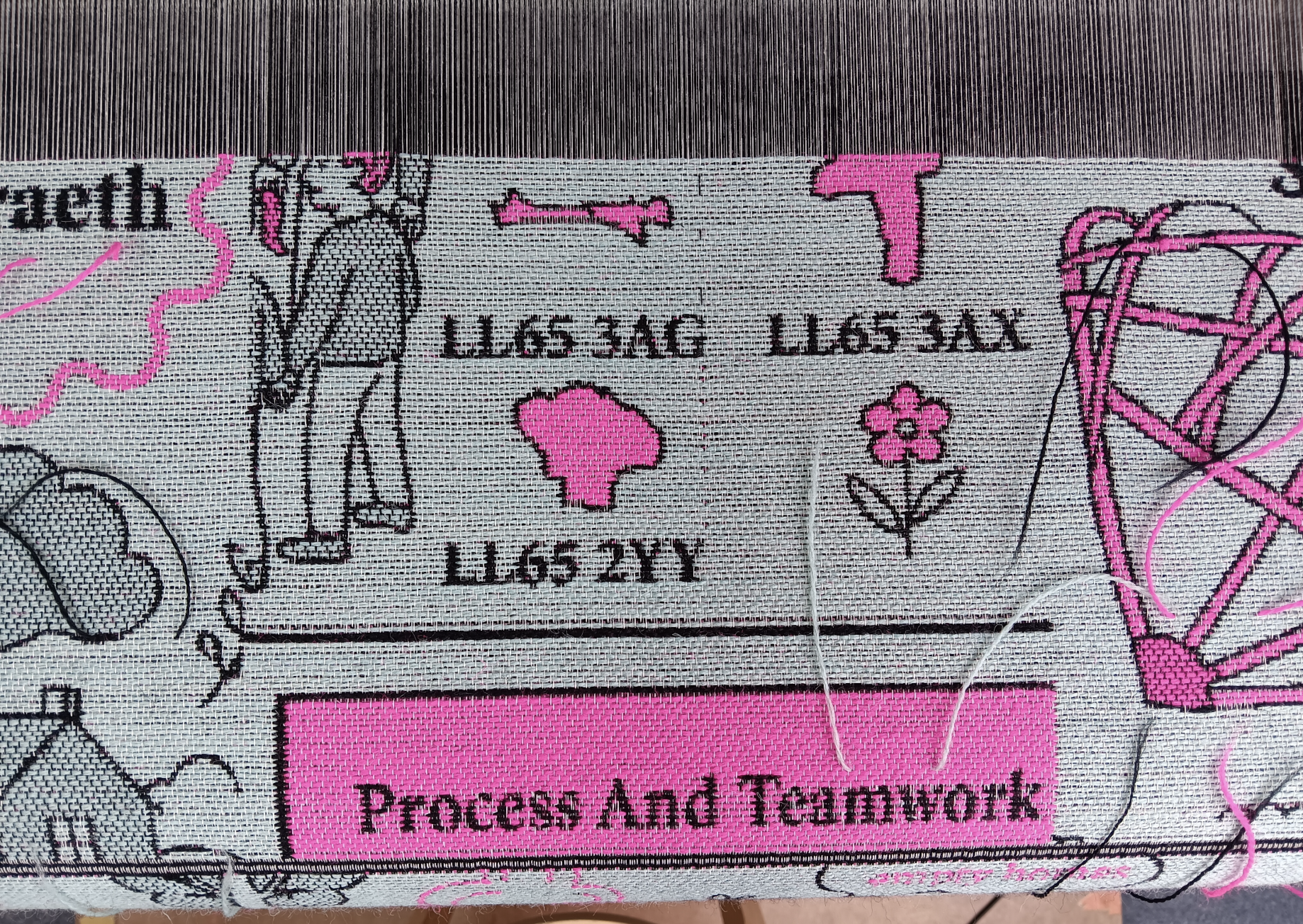
Handwoven by Dash & Miller, the tapestry was created using British wool on a Jacquard loom. Bridging the worlds of digital mapping and traditional craft, it stands as a testament to the power of co-creation – acknowledging the importance of making space for stories, voices, and memories in the complex portrayal of place.
Forming part of the Future Observatory: Tools for Transition display, the tapestry will be on show at the Design Museum until August 2026.
